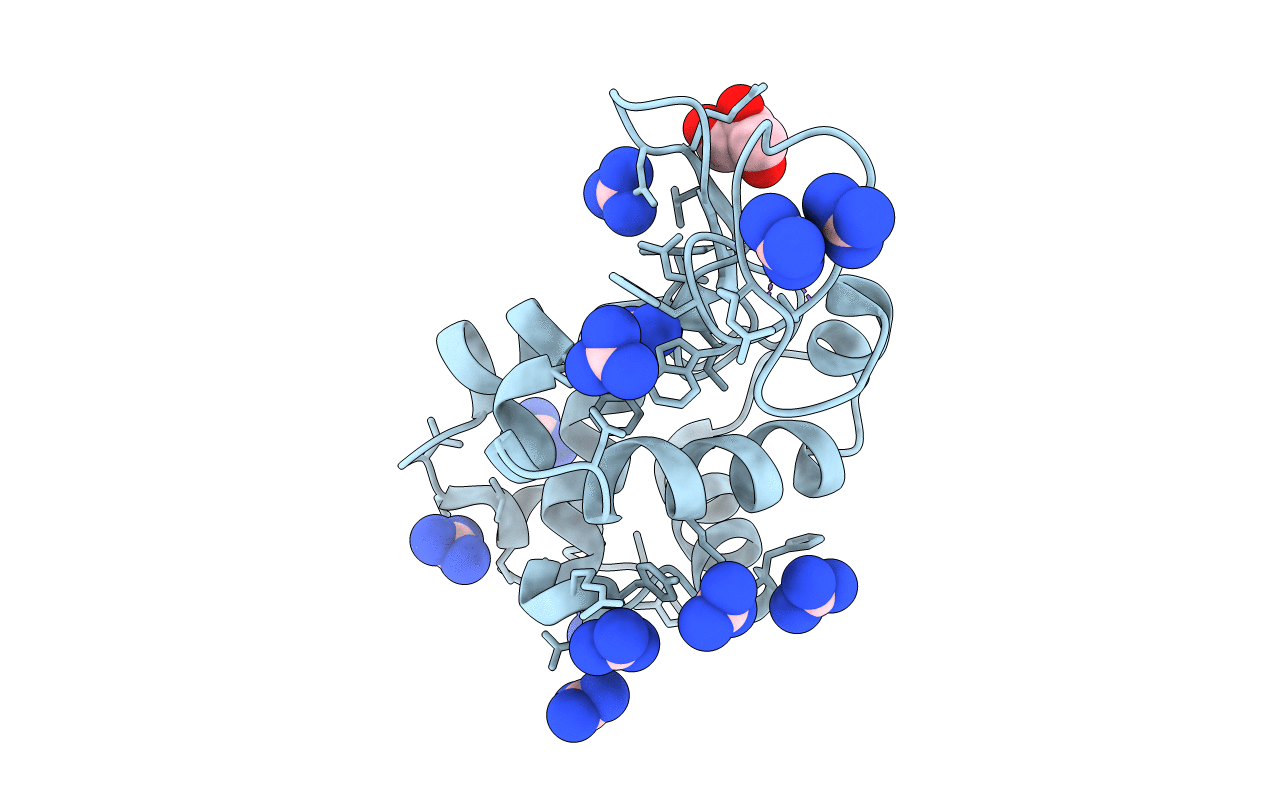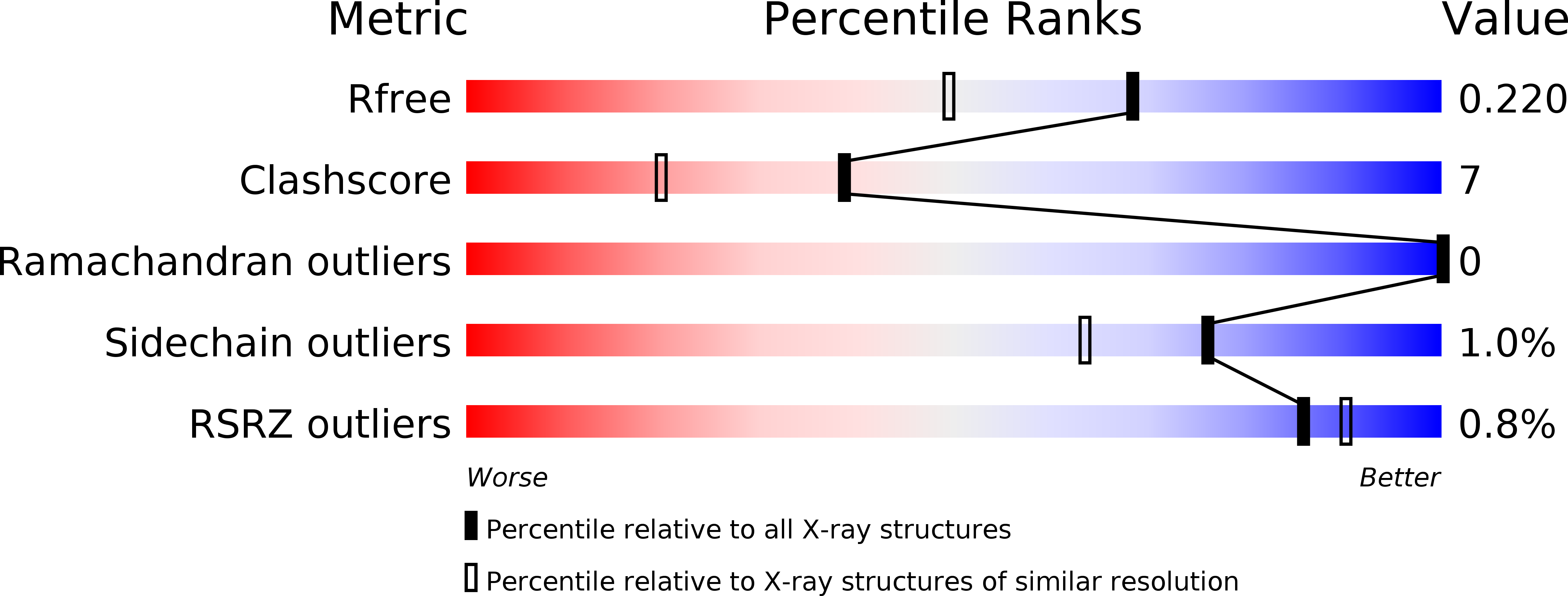
Deposition Date
2018-06-20
Release Date
2019-03-13
Last Version Date
2024-11-20
Method Details:
Experimental Method:
Resolution:
1.75 Å
R-Value Free:
0.21
R-Value Work:
0.17
R-Value Observed:
0.17
Space Group:
P 43 21 2


